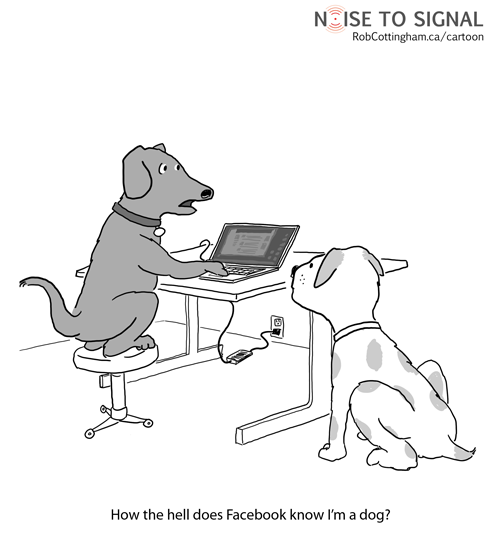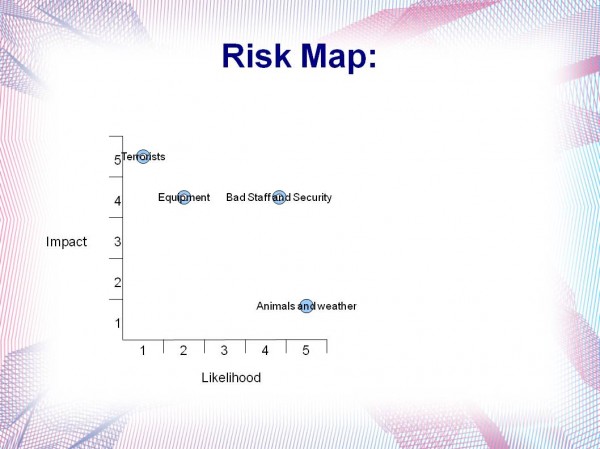How Much Does Facebook Know About You? The Two Facebook Dogs Revisited
Category:Facebook,Information Security,Infosec Communicator,Internet Safety,Privacy,techcomm,UncategorizedRob Cottingham had done an earlier cartoon on the subject as well:
Does any of this matter to you?
I can only wonder what the next cartoon will be.
Related Links














